Physics#2 Chapter1
Chapter 1 (Electric Charges and Fields)
Important Formulas and Notes
Laws of Electrostatics
i) Like charges repel and unlike charges attract
ii)There are only two kinds of charge positive and negative
Conventionally when a glass rod is rubbed against silk the glass rod attains positive and silks attain negative charge
It was Benjamin Franklin who gave the name positive and negative charge
An electroscope is an instrument used to detect the charges
We can charge a neutral body by rubbing
The charge can be transfered from one body to another neutral body by
i) Conduction (with actual contact of two)
ii) Induction (without actual contact of the two)
The body which looses electrons become positive and those which receives electron become negative
Basic properties of electric charge
- Additivity of charges (positive and negative charges can be added algebraically)
- Conservation of charges(charge can neither be created nor be destroyed)
- Quantisation of charge ( charges are integral multiples of e (charge of an electron=1.602192 × 10-19 )ie Q=ne
Coulomb's Law
The law states that " the electrostatic force between two charges is directly proportonal to the product of their charges and inversely
proportional to the square of the distance between them"
This is an inverse square law just like Newton's law of Gravitational
ε0=Permitivity of free space =8.854 × 10-12 N-1m-2
ε0=Permitivity of free space =8.854 × 10-12 N-1m-2
In the above equation if q1 and q2 are like charges then F is taken as positive(repulsion) and if q1 and q2 are opposite signs
then F is negative ie attraction
Forces between multiple charges

Let the distance between q1 and q2 be r12 and between q1 and q3 be r13

Let the distance between q1 and q2 be r12 and between q1 and q3 be r13
F12 is the force on q1 by q2 and F13 is the force exerted on q1 by q3So the resultant force F acting on q1=F12+ F13
F is found by using parallelogram law of forces.(refer Physics Numericals)
This is applicable to many charges and the principle is called
the Principle of Superposition
Electric Field
It is defined as the force exerted on a unit positive charge by a source charge Q placed at that point
ie if a charge Q placed at a ponit exert a force on unit positive charge when placed around its viscinity (here at a distance of r apart) ie
. . . F(r)=q E(r)The field exists at every point in three dimensional space
. . . F(r)=q E(r)The field exists at every point in three dimensional space
- For positive charge the field will be directed outwards (as shown below)
- For a negative charge the field will be directed inwards
- At equal distance around a point charge the field will be the same (ie field has a spherical symmetry)
Electric Field due to a system of Charges
Let us asuume that there are n charges q1,q2,..........qn are arranged and we have to find the resultant field (E(r)) at the point P
here also we are applying the Principle of superposition
E(r)=E1(r) + E2(r)+...........En(r)
ie E(r)=∑i=1n Ei(r)
The physical significance of electric field is that the accelarated motion of one charge produces electromagnetic waves, which
then propagate with a speed c and reach the second charge and causes a force on this charge
Electric field lines
These lines are vector representation of electric field the length of these lines is proprtional to the field strength and direction
of this vector gives the direction of the field
The strength of electric field has a (1/r2) dependence
We can also infer the strength of field from its degree of crowdness ie number of lines passing through a given area
eg: If 10 lines are passing through an area of 1units and 100 lines are passing through 50 units then the field strength
is more in first case because in first case number of lines passing per unit area is 10 and in the second case it is only 2
Some general properties of Field Lines
- Field lines starts from positive charge and end at negative charge. If there is a single charge, they may start or end at infinity
- In a charge free region the electric field lines are continuous without any break
- The field lines never cross each other (since the tangent at the point of field lines is the direction of field; at a point two tangents in not possible)
- Electrostatic field lines do not form any closed loops( conservation of charge )
Electric Flux
The measure of number of lines passing per unit area placed normal to the field at a point is called the Electric Flux (Φ)
It is a scalar quantity
E. ∆S = E ∆S cosθ =∆Φ
Where E is the field and ∆S the surface area through which the field lines passes and θ is the angle between E and the outward normal to ∆S
(Note that angle of a plane with any other reference is the angleof the normal to the plane with reference )
Φ=∑E. ∆S (or it can be obtained by integrating ∆Φ)
(refer Physics Numericals)
ie point charges +q and -q seperated by a distance 2a and the direction of diploe is taken from -q to +q (as in figure)
The dipole moment p=One of the charge × distance between them=q ×2a =2qa
The field of an electric dipole
It can be found out by coulomb's law and principle of superposition of field by +q and -q charges
But the simple cases are i) field along the axis of the dipole ii) along the equitorial plane ie an axis perpendicular the dipole axis through the centre
i) Field along the axis of the dipole ( at point P which is r apart from centre of the dipole axis)
ii)Field along the point ( point P which is r apart from centre of the dipole axis) which is on equitorial plane of the dipole
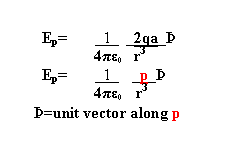
From the above equation it is clear that the field along the axial line is twice that of field along the equtorial plane
The above two equations are formed by considering r>>a
The direction of Resultant field (Ep) in the case of equitorial plane is opposite to the direction of diploe (p)
The point dipole is a dipole where q is a point charge ie q approaches infinity and 2a approaches zero so the product never vanishes
The dipole moment have significane in ionic compounds and this gives rise to many chemical and physical properties to this class of compounds
Dipole in a Uniform Field
If a diploe is placed along a uniform field (E) a couple or torque(τ) will be formed and it rotates the diploe
Magnitude of torque= 2qa Esinθ
τ=p × E
The torque will tend to allign the diploe along the direction of field E when it is alligned with E ie (θ=0) torque is zero
The two forces acting on the diploe are +qE and -qE ie the force depends on the orientation of E
Continuous Charge Distribution
Surface Charge density (σ) = ∆Q/ ∆S (SI unit is Cm-2)
Linear Charge density (λ)= ∆Q / ∆l (SI unit is Cm-1)
Volume Charge density (ρ)= ∆Q / ∆V (SI unit is Cm-3)
Gauss's Law
A point charge has spherical symmetry Let ∆S be a small elemental area on the surface of this sphere of radius r formed by a charge q as shown below
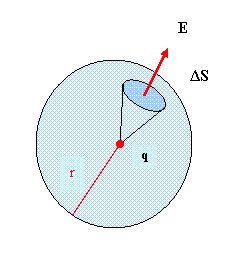
Let ∆φ be the flux through the small elemental area ∆S

Let ∆φ be the flux through the small elemental area ∆S
∆φ= E.∆S=K / r2 .∆S (where K = 1_ )
4πε0
. . .Φ= ∑ K/ r2 .∆S=K/ r2∑ ∆S
. . .Φ=K/ r2× 4πr2
_1_ (1/ r2 ) × 4πr2
4πε0
. . .Φ=q/ε0 =E.S
Thus we state Gauss theorem as the electric flux through a closed Gaussian surface is 1/ε0 times q
The important points regarding Gauss theorems are
- Gauss law is applicable to any closed surface irrespective of its shape or size
- q in the equation involves sum of all charges enclosed by the surface, the charge may be located anywhere inside the surface
- there may be charge outside the Gaussian surface it is not considerd only inside the surface is considering
- Gauss law varifies Coulomb's Law
Gauss Law can be used to find the field due to an infinitely long straight wire
Consider an infinitely long straight wire of linear charge density λ and we have to find a field at P at a distance of r from its axis. The wire has a cylindrical symmetry
and the wire is positively charged as shown in figure
The flux through the top and bottom circular surface cancell each other but the curved surface area imparts a flux at point P
The flux through the top and bottom circular surface cancell each other but the curved surface area imparts a flux at point P
as per Gauss Law, Flux ( Φ)=E×Curved surface area of cylinder= E×2πrl=q/ε0 . . .E=(½πε0)(q/rl)= (½πε0) ( λ/r) (since q=λl)
Field due to a uniformly charged Infinite plate
Let σ be the uniform charge density of the plate and the x axis is normal to the surface of the plane and by the symmetry the field along the y axis and z axis
Let σ be the uniform charge density of the plate and the x axis is normal to the surface of the plane and by the symmetry the field along the y axis and z axis
are not under consideration
The unit vector normal to one of the side face is along -x axis and the opposite face is along + x axis so the flux, E.∆S through the both surface add up
. . .2EA= ( σA)/ε0
or E= σ/2ε0
In vector form E=( σ/2ε0) ň (refer 1.19) Physics Numericals
Field due to a uniformly charged spherical shell
Let σ be the surface charge density of a shell of radius R by the symmetry the Gaussian surface as marked has a spherical symmetry
Field due to a uniformly charged spherical shell
Let σ be the surface charge density of a shell of radius R by the symmetry the Gaussian surface as marked has a spherical symmetry
The field at a Point P which is r distance apart from the centre of the shell then there exist two conditions
By Gauss theorem ES=q/ ε0=σA/ ε0(q=σA)
ie E×4πr2= σ×4πR2/ε0 ( Surface area of shell,A=4πR2 and area of Gaussian surface, S= 4πr2)
E=σR2 /ε0r2
or
E×4πr2=q/ ε0
. . .E= _1_ (q / r2 ) ř...............................(1)
4πε0
Thus for points outside the shell, the field due to a uniformly charged shell is as if the entire charge of the shell is concentrated at its centre
ie the equation (1) is similar to field due to a point charge q at r distance E(r)
Field inside the shell (r<R)
In this case the Gaussian surface under consideration is inside the shell (point P inside the shell) so r<R
Here the flux through the Gaussian sufrace as before= E×4πr2
but the charge is only on the surface of the shell or supposed to concentrate at the centre
. . . q=0 at point P
. . . E×4πr2=0
=>E=0
Thus the field due to uniformly charged shell is zero at all points inside the shell
****End of chapter 1*****




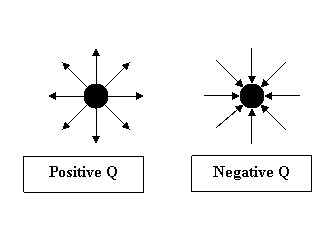









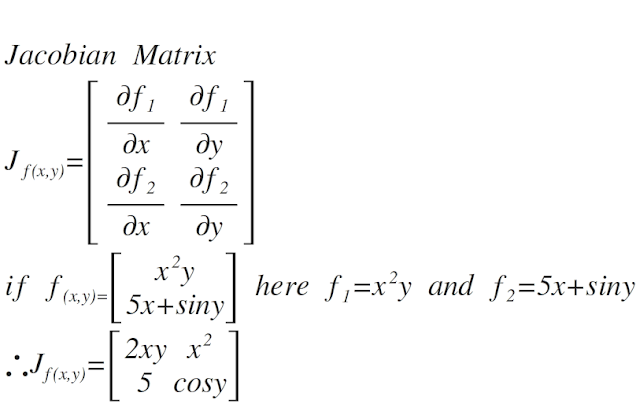
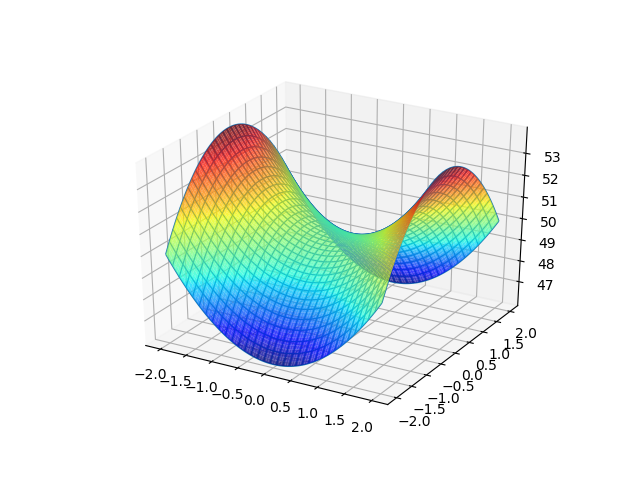

Comments
Post a Comment